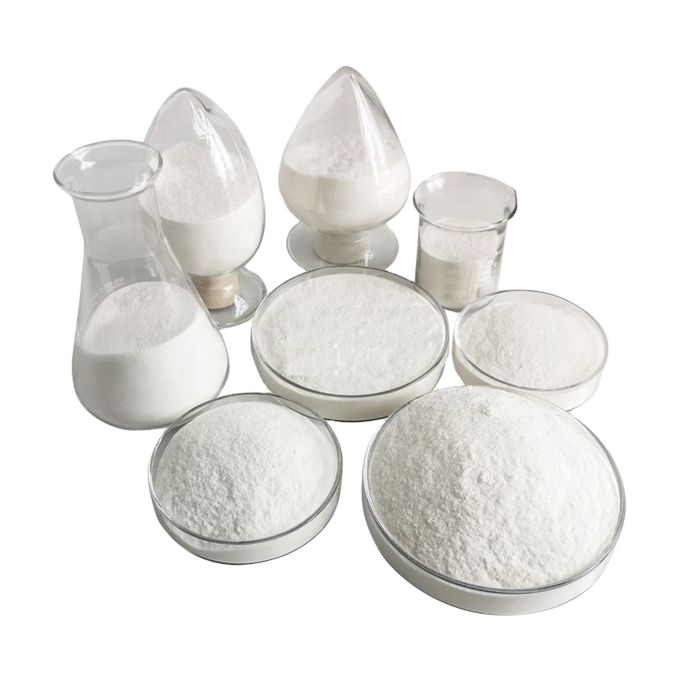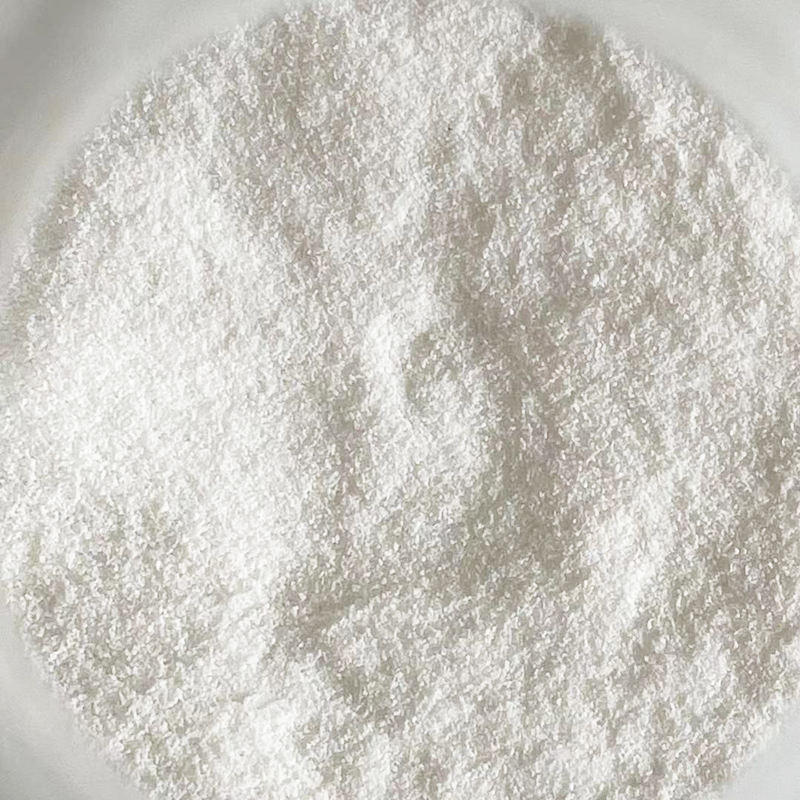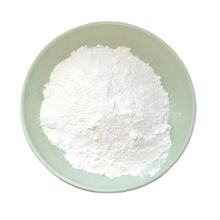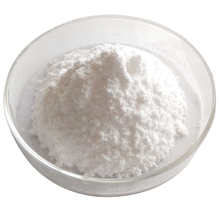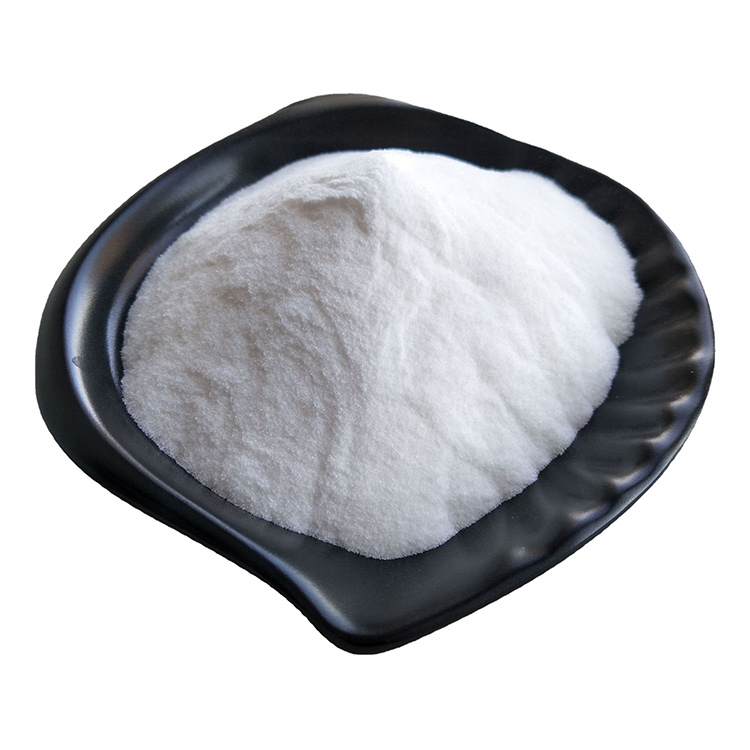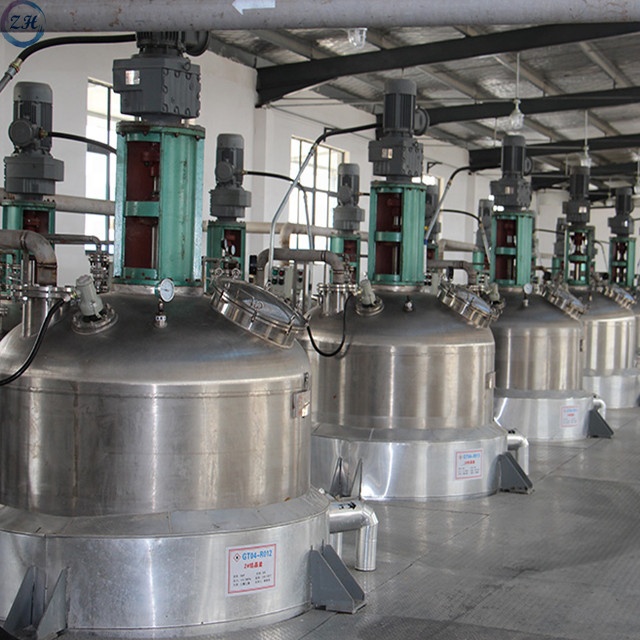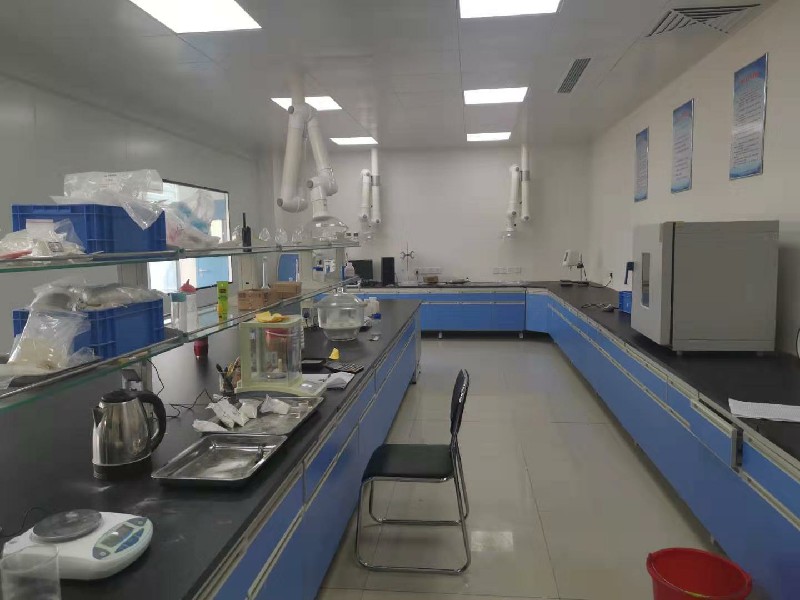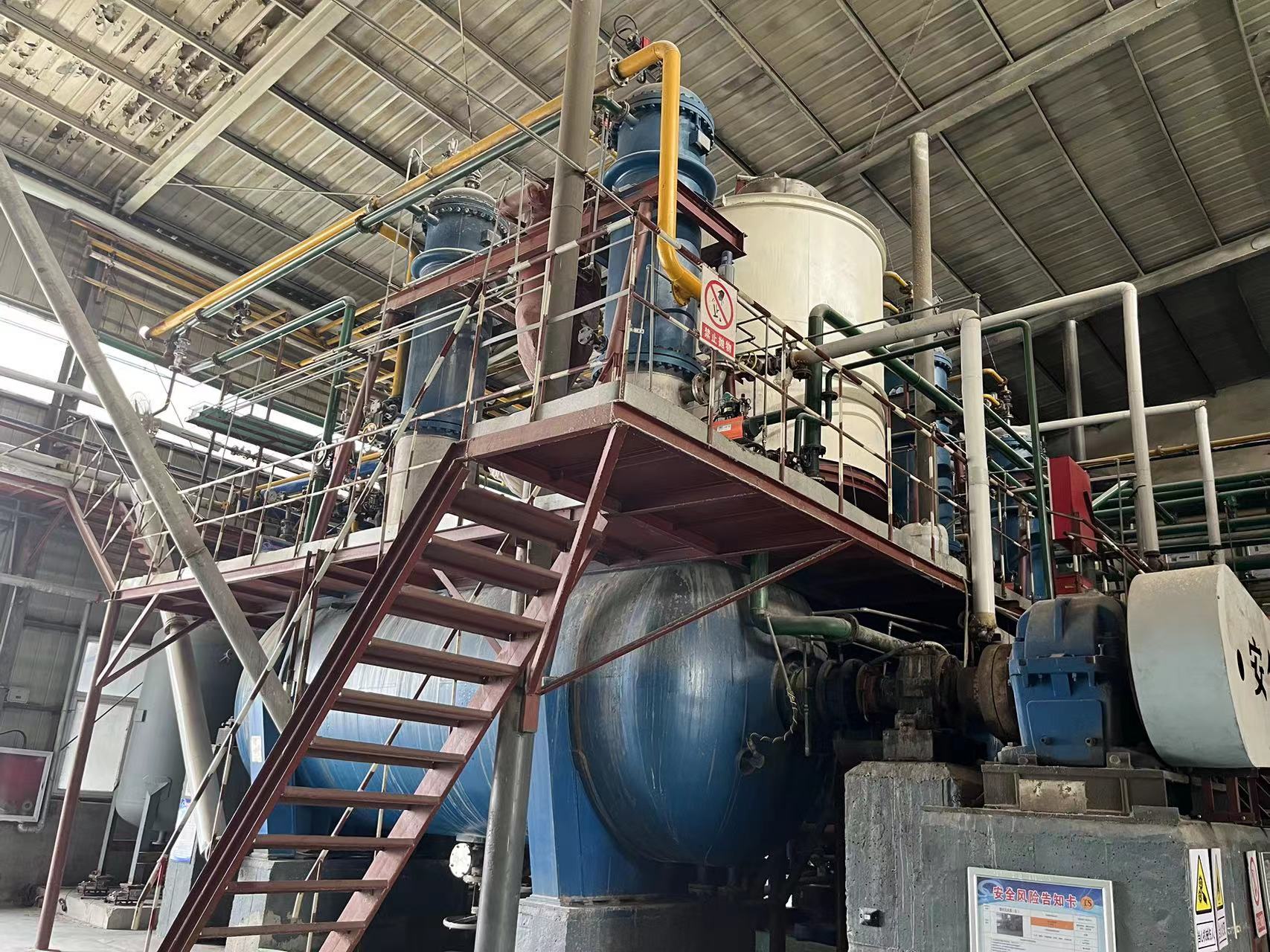PVA POWDER
Type: nonionic
CAS:9002-89-5
Molecular formula:[C2H4O]n
Technical specification:
It is used for manufacturing polyvinyl acetal, gasoline resistant pipeline and vinylon, fabric treatment agent, emulsifier, paper coating, adhesive, etc.
It is used as an emulsion stabilizer for polyvinyl acetate lotion polymerization. Used for manufacturing water-soluble adhesives. Used as modifier of starch adhesive.
It can also be used to prepare photosensitive adhesives and benzene-resistant sealants. Also used as release agent, dispersant, etc. Store in a cool and dry warehouse, moisture-proof and fireproof. Polyvinyl alcohol 17-92, referred to as PVA 17-92, is in white particle or powder form. It is easily soluble in water, and the dissolution temperature is 75~80 ℃. Other properties are basically the same as PVA17-88. It is used as an emulsion stabilizer for lotion polymerization. Used for manufacturing water-soluble adhesives.
It shall be stored in a cool and dry warehouse and protected from fire and moisture. Polyvinyl alcohol 17-99, also known as sizing resin, is referred to as PVA17-99. White or yellowish powder or flocculent solid. The glass transition temperature is 85 ℃, and the saponification value is 3-12mg KOH/g. It is soluble in hot water at 90~95 ℃ and almost insoluble in cold water. When the concentration of aqueous solution is greater than 10%, the gel will freeze at room temperature, and it will dilute at high temperature to restore liquidity.
In order to stabilize the viscosity, proper amount of sodium thiocyanate, calcium thiocyanate, phenol, butanol and other viscosity stabilizers can be added to the solution. PVA17-99 solution is more sensitive to gel caused by borax than PVA17-88. 0.1% borax of solution mass will make 5% PVA17-99 aqueous solution gel, while the amount of borax causing gel of PVA 17-88 aqueous solution of the same concentration needs 1%. For PVA aqueous solution with the same concentration and alcoholysis degree, borax is more prone to gel than boric acid.
PVA17-99 is more resistant to benzene, chlorinated hydrocarbon, ester, ketone, ether, hydrocarbon and other solvents than PVA17-88. When heated to above 100 ℃, it will gradually change color. When it is above 150 ℃, it will change color quickly. When it is above 200 ℃, it will decompose. The discoloration of polyvinyl alcohol during heating can be inhibited by adding 0.5%~3% boric acid. Good light resistance, not affected by light. It has the chemical reactivity of esterification, etherification and acetalization of long-chain polyols. Open fire will burn with special smell. It is non-toxic and non-irritating to human skin.
|
Item |
Result |
|
CAS No. |
9002-89-5 |
|
Other Names |
PVA, pva, Poly(vinyl alcohol), Polyvinyl Alcohol |
|
MF |
(C2H4O)n |
|
EINECS No. |
209-183-3 |
|
Place of Origin |
China |
|
Province |
Hebei |
|
Classification |
Additives for construction, industrial and daily chemicals. |
|
Main Raw Material |
Poly (vinyl alcohol) |
|
Usage |
Construction, Packing, Daily Chemical etc. |
|
Type |
1788/2488 |
|
Function |
Additives, adhesive etc. |
PVA for Gray calcium base putty
A very small amount of addition can significantly improve the cohesive strength, adhesion, and water resistance of the putty coating, reduce the amount of lime-calcium powder, and significantly improve the phenomenon of delamination and scarring during grinding. Improve the surface fineness after putty polishing.
PVA for Cement-based exterior wall putty
Improve the cement setting speed, improve the early strength of putty, good film formation, excellent durability, and it is not easy to remove powder when the batch is thin.
PVA for Polishing putty
It can improve the surface film formation, make the coating surface denser, harder, brighter, more resistant to scrubbing, and has obvious effects.
PVA for Dry powder mortar
Polyvinyl alcohol powder has good film-forming properties. It can be used together with cellulose ether water-retaining agent to improve the flexibility and water-retention of various cement mortars and gypsum building materials, improve the bonding strength of mortar, and effectively prevent peeling, cracking, empty drum.
PVA for Instant glue
It is the main binder.
It is combined with an appropriate amount of hydroxypropyl methylcellulose, and then supplemented with an appropriate amount of thickening and complexing aids.
A high-performance glue powder that can be leveled and can be batched separately without de-powdering.





